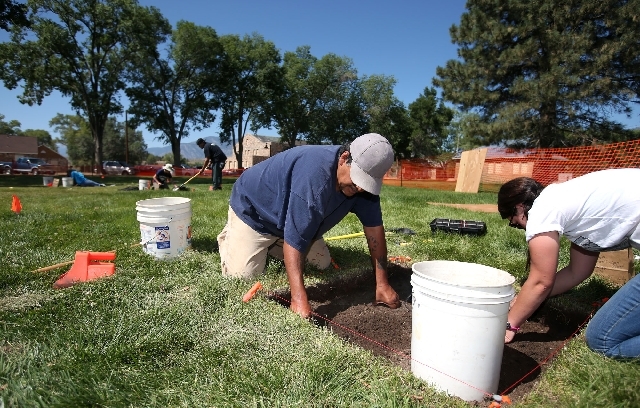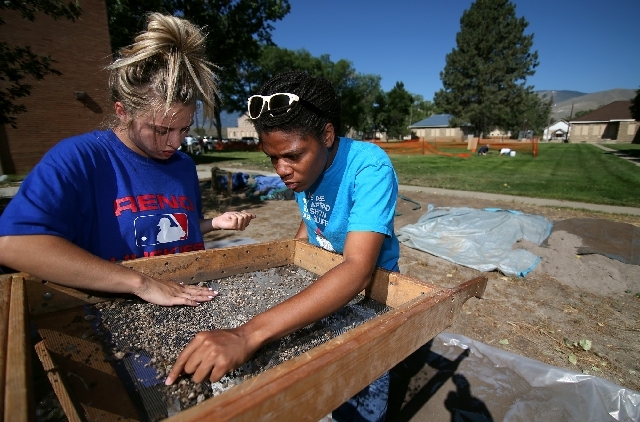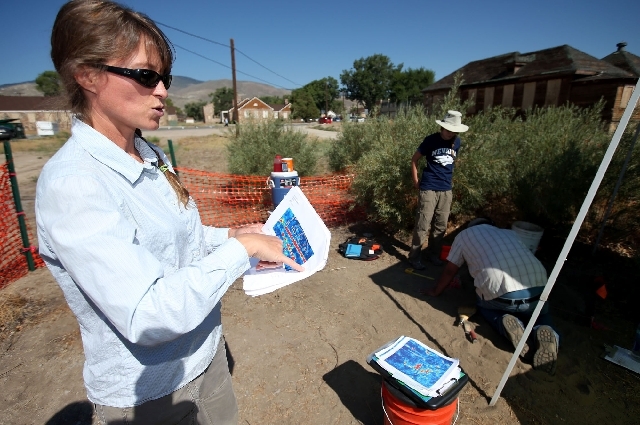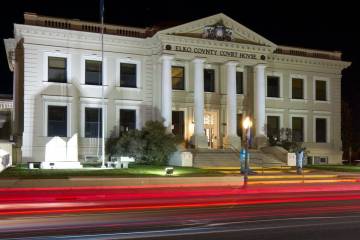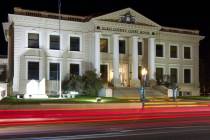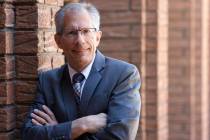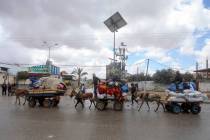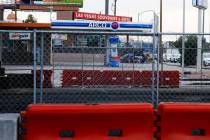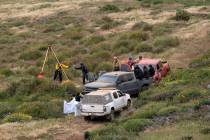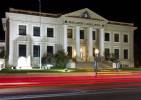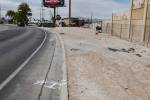University students search for archaeological treasures at Stewart Indian School
CARSON CITY
University students working on an archaeology dig at the Stewart Indian School carefully sifted years of dirt away from their finds Monday as they sought to add more insight into this culturally important national landmark.
Sarah Cowie, an assistant professor of anthropology at the University of Nevada, Reno, who is directing the excavations, said the discoveries, from old nails to buttons to historic toys, have no monetary value.
But they are precious to archaeology students looking to help piece together the history of the school, which generates both positive and negative memories for many of the Native American alumni who attended the institution, she said.
Located on traditional Washoe Tribal lands, the school, a 240-acre complex with more than 50 buildings, operated from 1890 to 1980. Initially Native American children were forcibly separated from their families and sent to the school to learn trades from masonry to sewing.
A major motivation was to assimilate the children into the dominant Anglo culture. Speaking native languages was prohibited.
These policies changed in the later years of the school’s operation.
A large portion of the site is listed on the National Register of Historic Places, but some of the buildings are deteriorating. Several of the original buildings, including the original school, are gone.
The site in south Carson City has green lawns and towering cottonwood trees and is dotted by the buildings built by Hopi stonemasons and their students early in the 20th century.
Many are vacant, but others are in use, including the original superintendent’s house now home to the Nevada Indian Commission.
The commission is working toward establishing a cultural center, including a museum, at one of the buildings at the site.
The 10 students working at the summer field school project, accompanied by several staff, were working at three different sites, selected after ground-penetrating radar was used to identify anomalies that might suggest architectural remains.
The project was picked not only for the science aspect, but to be of use to the Washoe community, Cowie said. Tribal members, as well as the Washoe Tribal Historic Preservation Office, are advising the team on its work.
“It is a really important place of national significance, and it needs to be preserved and interpreted for the public so people know the story of this place,” she said. “It’s like a national treasure, but a lot of people don’t know it’s here.”
Patrick Burtt, a Washoe tribal member and oral history coordinator on the project, as well as a student, said the excavation will contribute to the understanding of the school’s history.
“I think it is going to be significantly important to a lot of the alumni that hold a cultural tie to the school,” he said. “Like the integrity that our tribes had here in the Great Basin by being able to come to school here rather than being subjected to discrimination in public schools.”
Anthropology student Callie Greenhaw said the experience is valuable for offering another approach to archaeology.
“It’s really just learning about indigenous views on archaeology and how to be respectful of that, because archaeology hasn’t always been that way,” she said. “I originally just came for the experience but it is so much more than that.”
Sherry Rupert, executive director of the Indian Commission, said in a statement: “It is refreshing to see a change in the way new archaeologists are being taught, with the culture and people in mind.”




